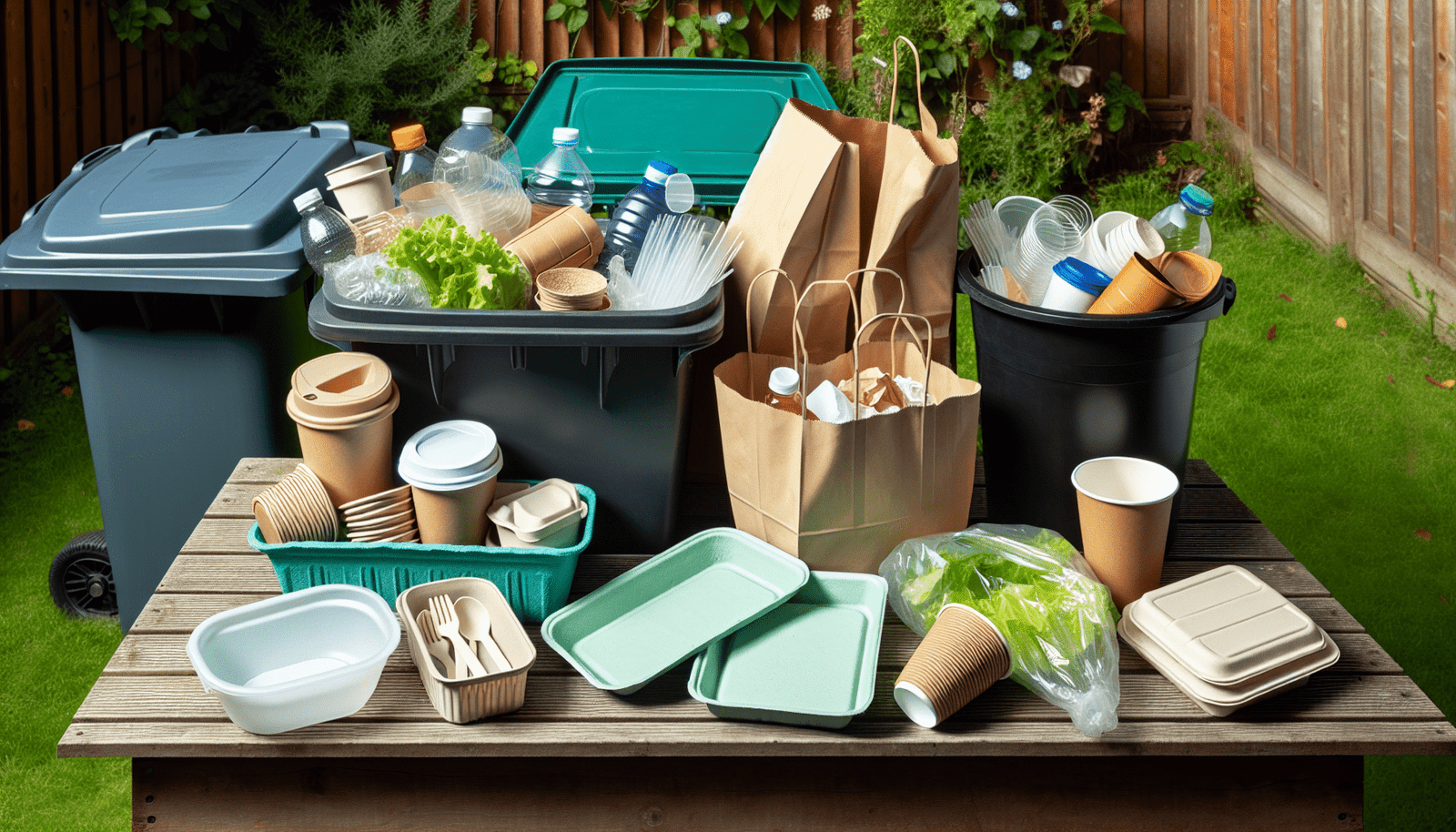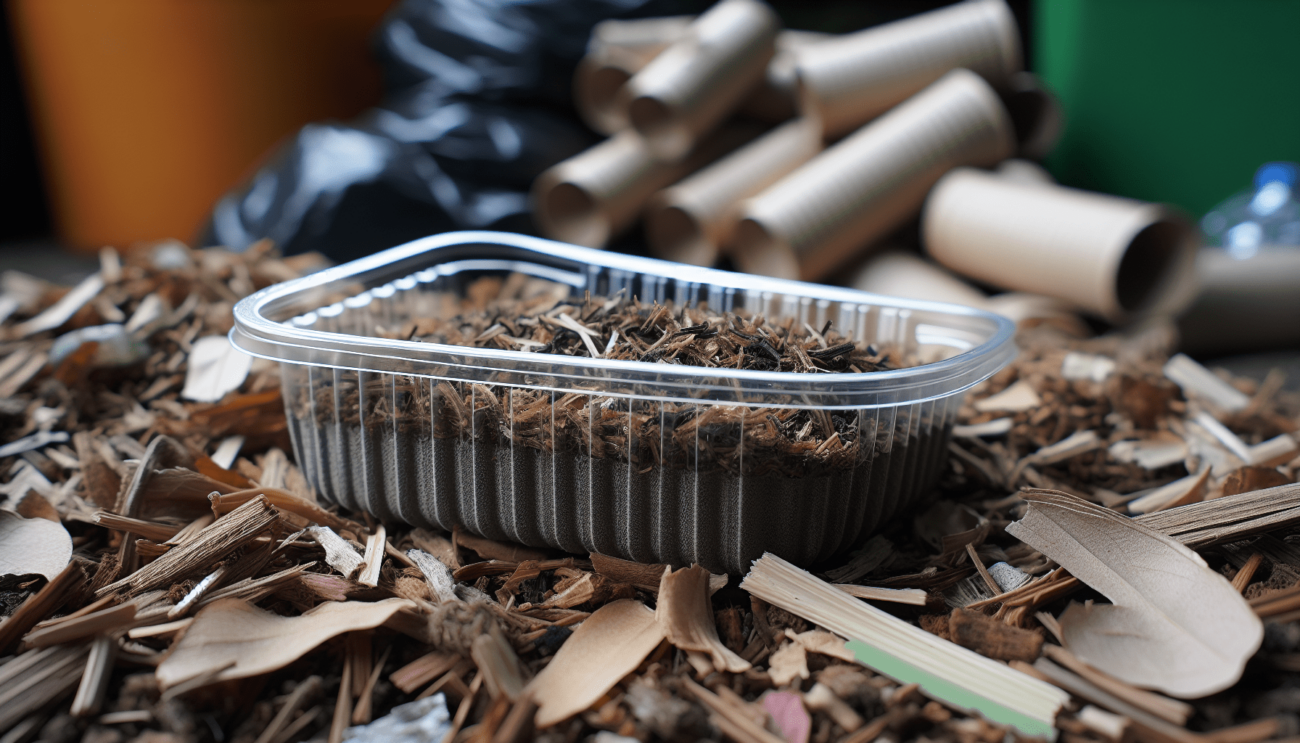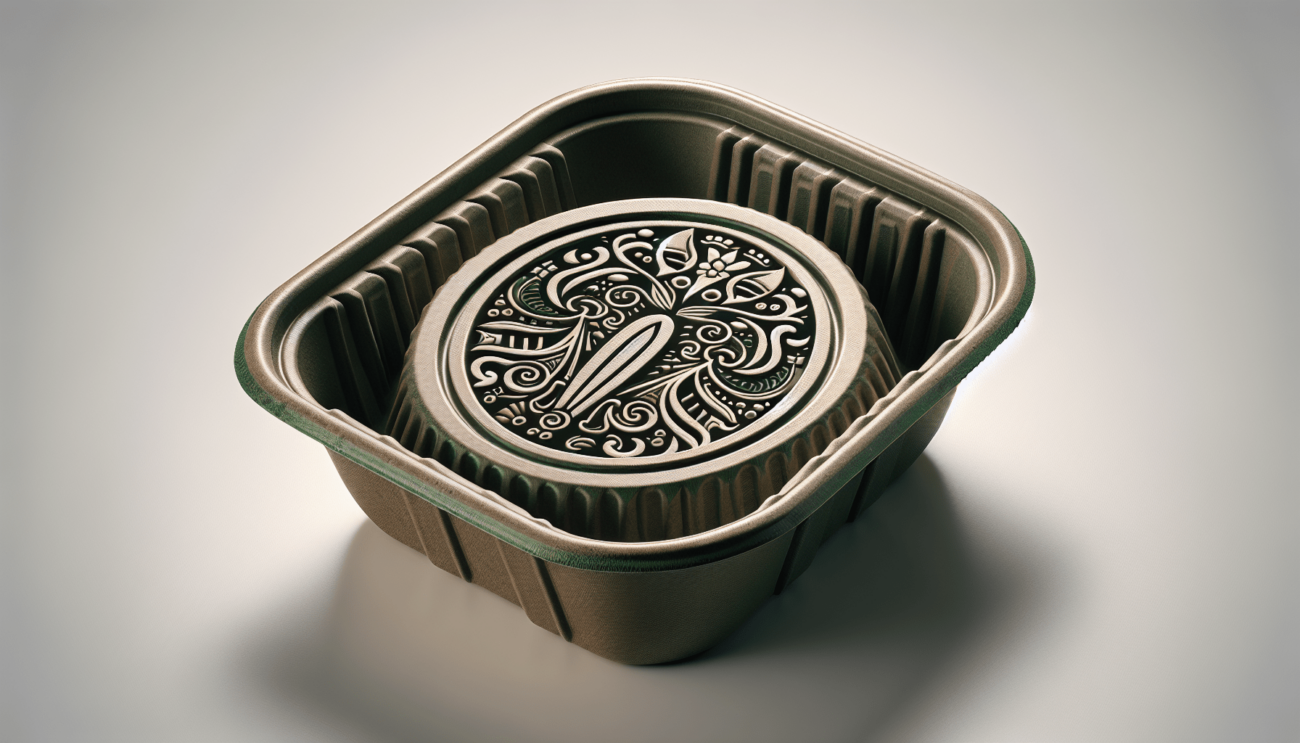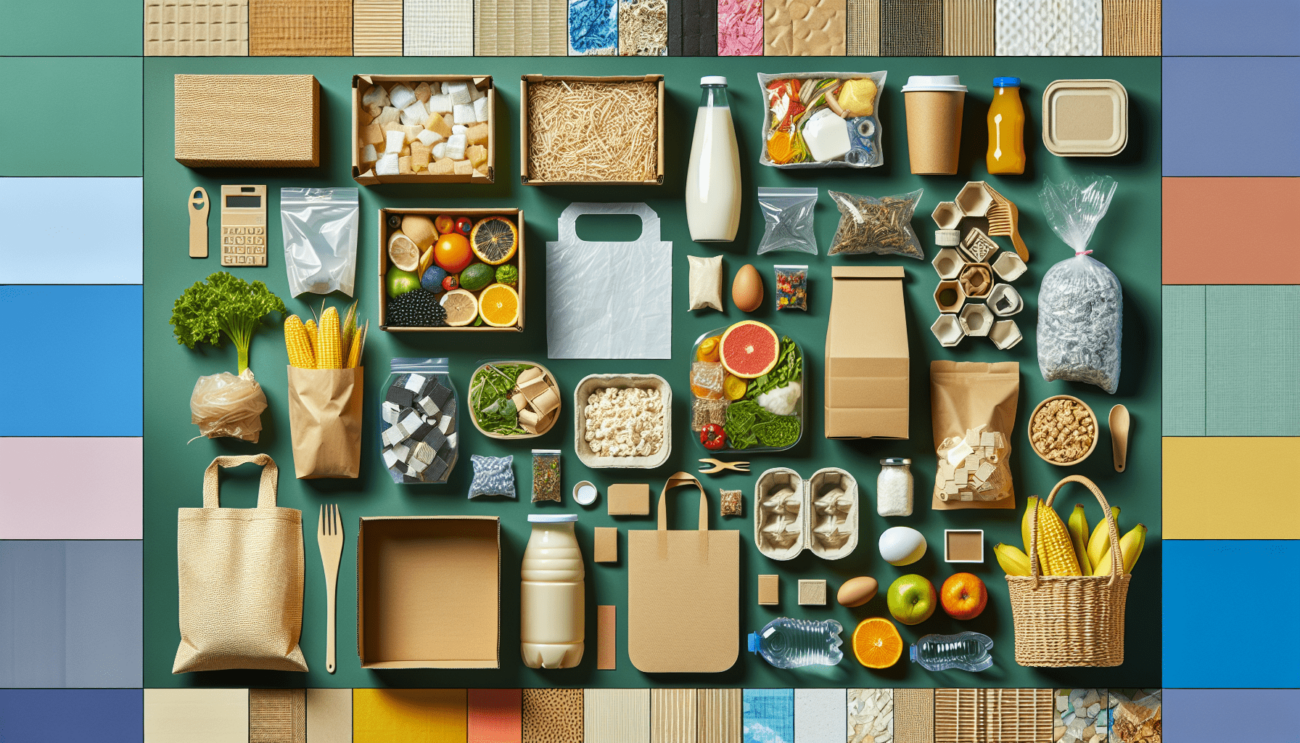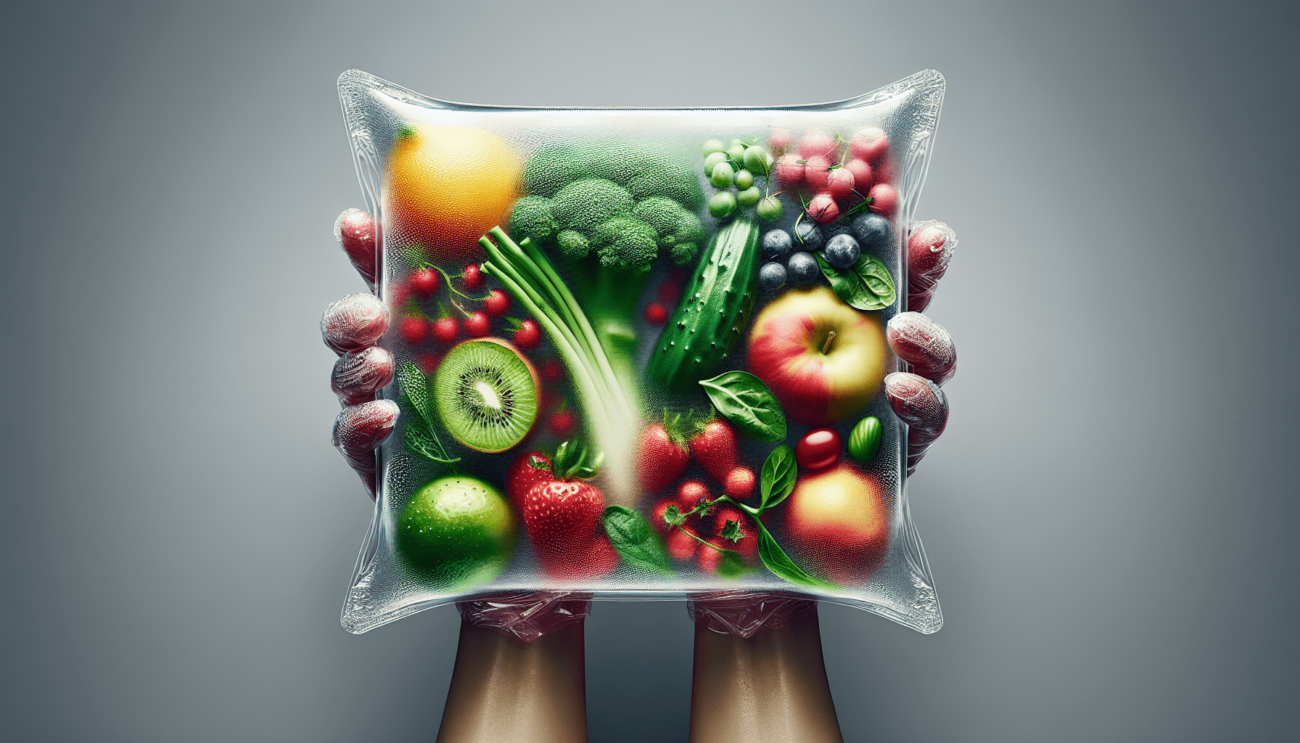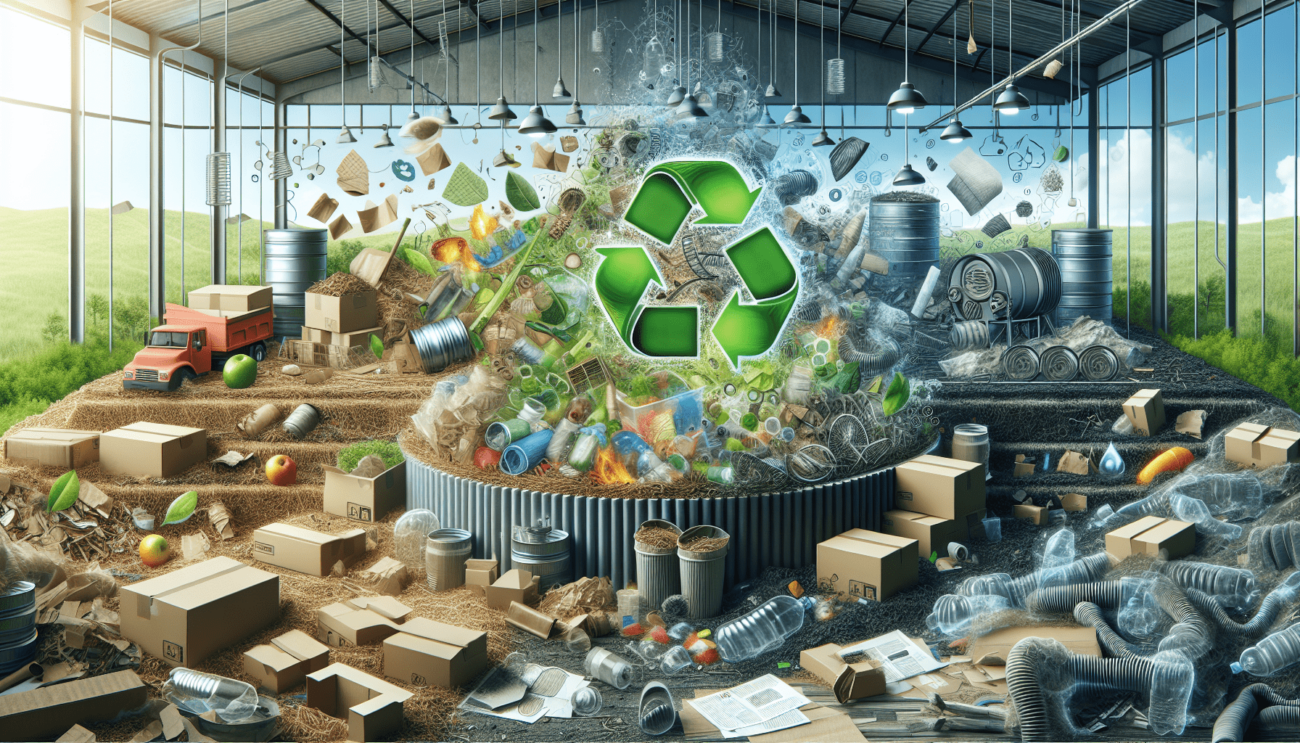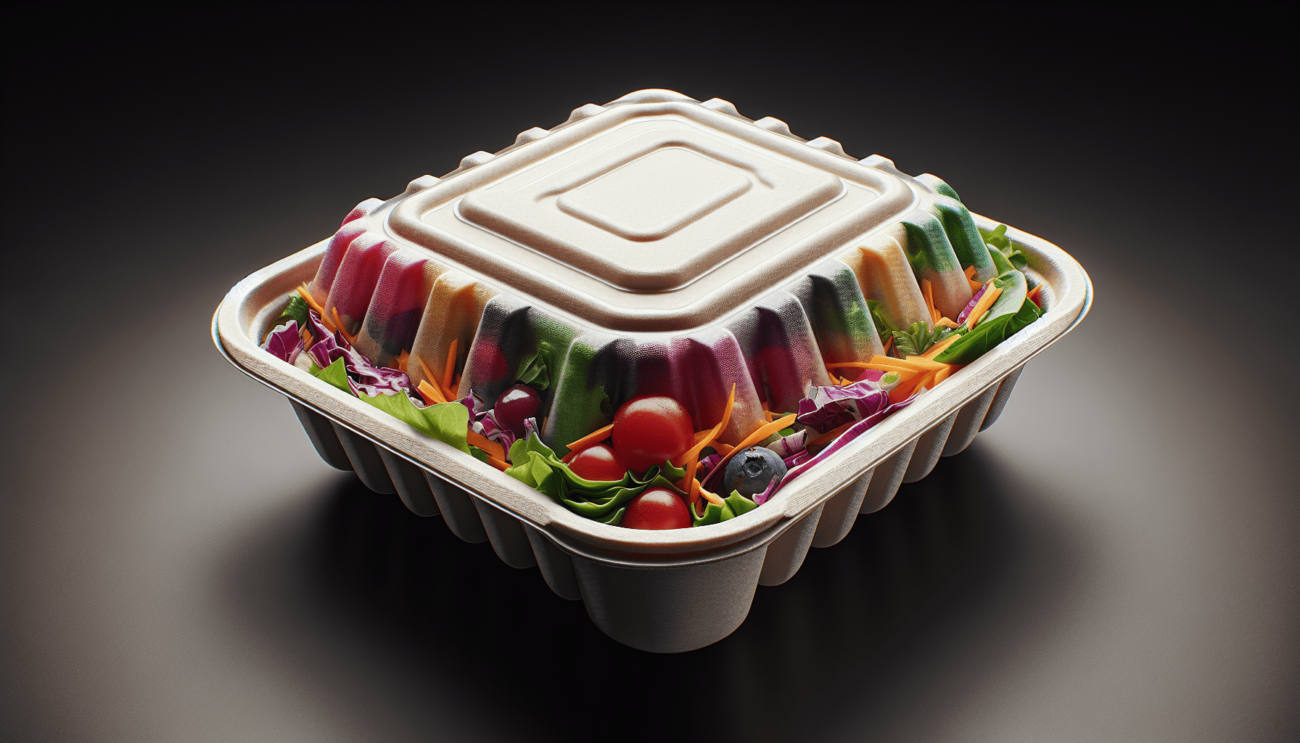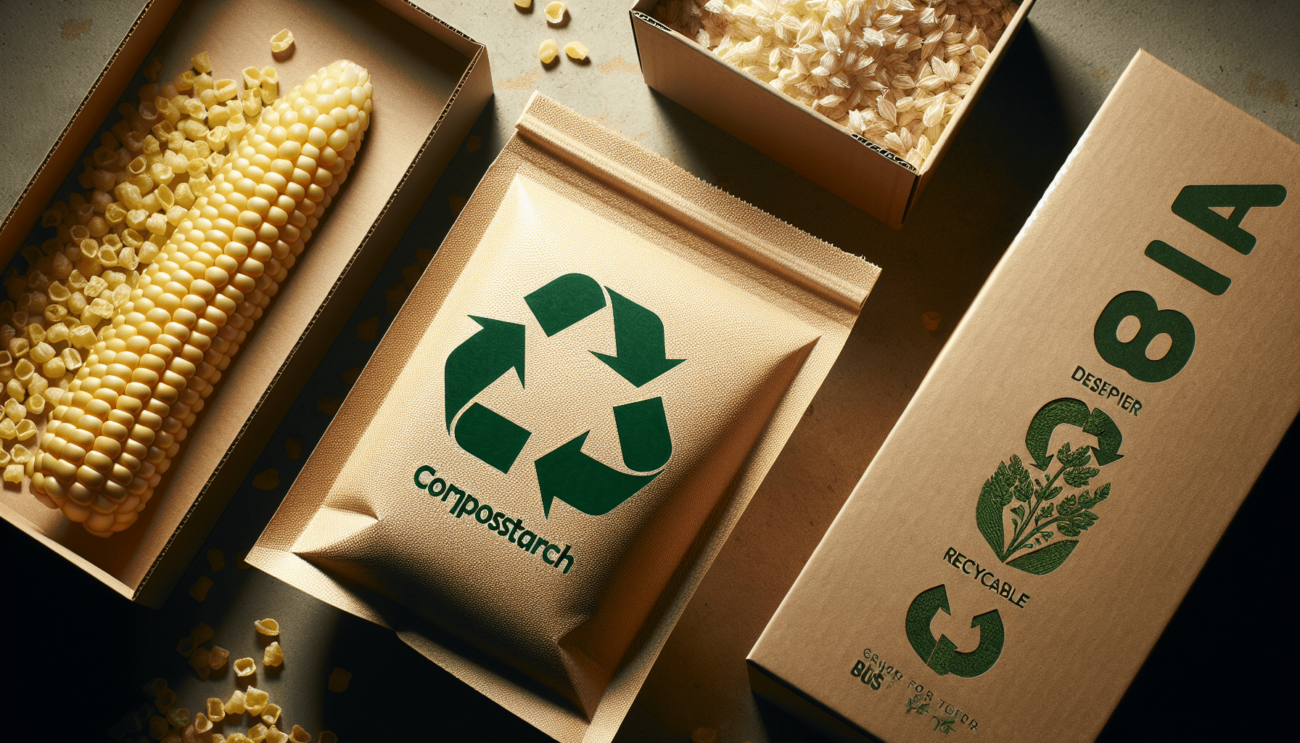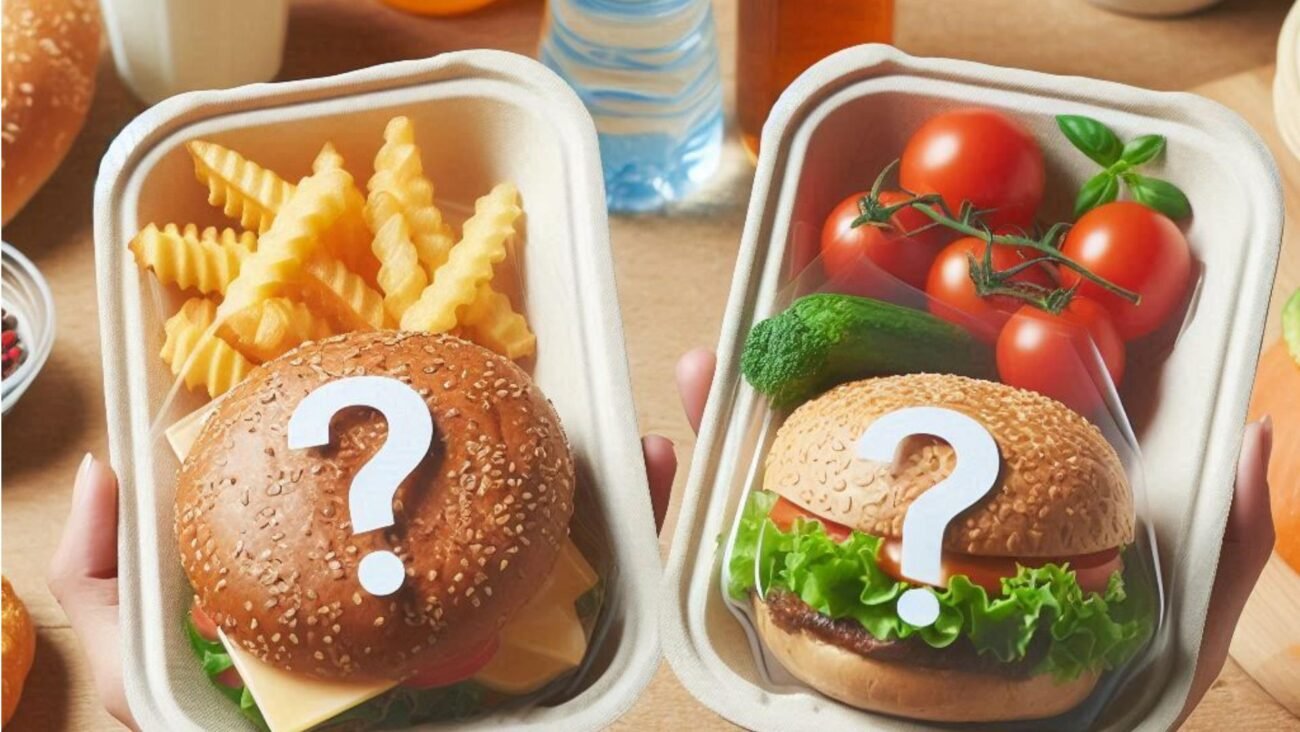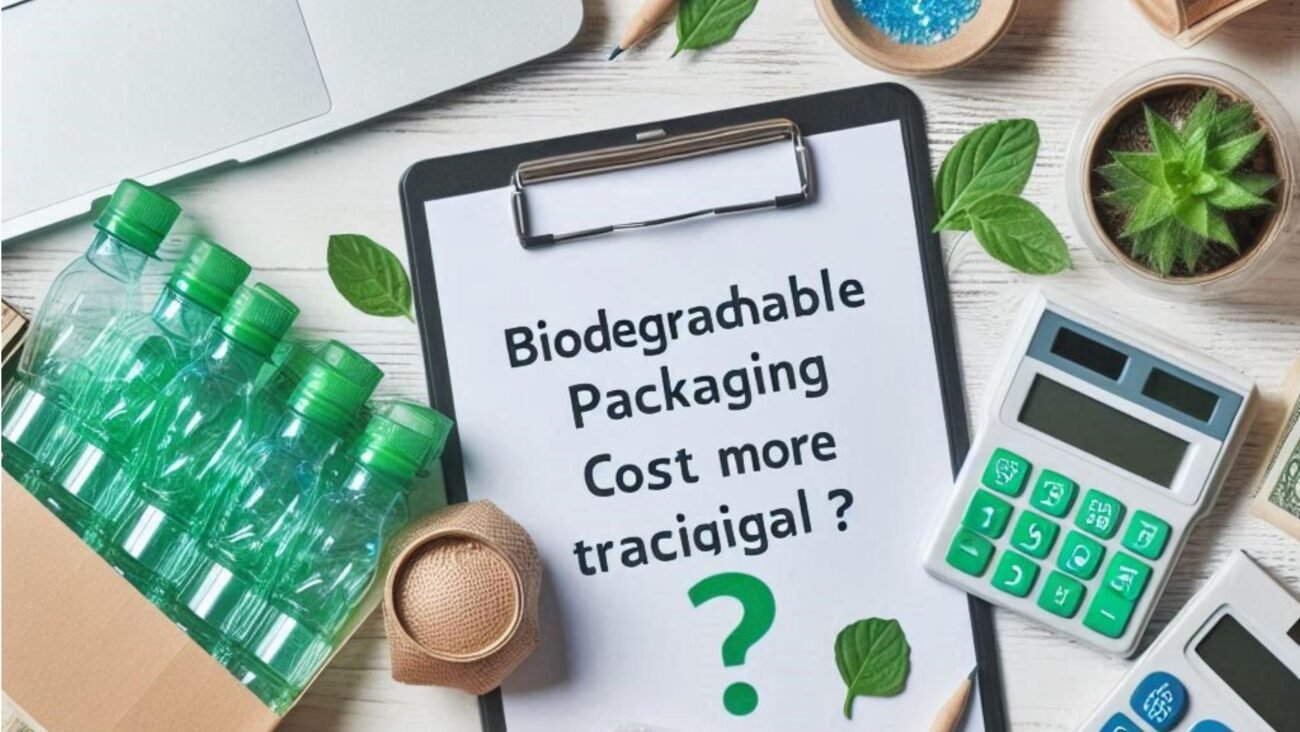Can I Compost Biodegradable Packaging At Home, Or Does It Require Industrial Composting?
When it comes to disposing of biodegradable packaging, many people are unsure about whether they can compost it at home or if it requires industrial composting facilities. Understanding the differences between the two can help you make an informed decision and reduce your environmental impact. Let’s dive into the details to learn more about composting biodegradable packaging.
What is Biodegradable Packaging?
Biodegradable packaging is made from materials that can break down naturally over time, usually within a few months to a few years, depending on the specific material. These materials are designed to decompose through the action of microorganisms in the environment, such as bacteria, fungi, and other living organisms. Common biodegradable packaging materials include plant-based plastics, paper, cardboard, and certain types of compostable plastics.
Home Composting vs. Industrial Composting
Home composting refers to the process of decomposing organic matter, such as food scraps, yard waste, and biodegradable packaging, in a residential compost bin or pile. Industrial composting, on the other hand, involves large-scale facilities that compost organic waste from businesses, institutions, and municipalities. The main difference between home composting and industrial composting is the scale and management of the composting process.
Composting Biodegradable Packaging at Home
You can compost biodegradable packaging at home, but there are a few key things to keep in mind. First, make sure the packaging is labeled as compostable and meets the standards for home composting. Some biodegradable packaging materials may require higher temperatures and longer composting times to break down effectively. It’s also important to shred or cut the packaging into smaller pieces to help speed up the composting process.
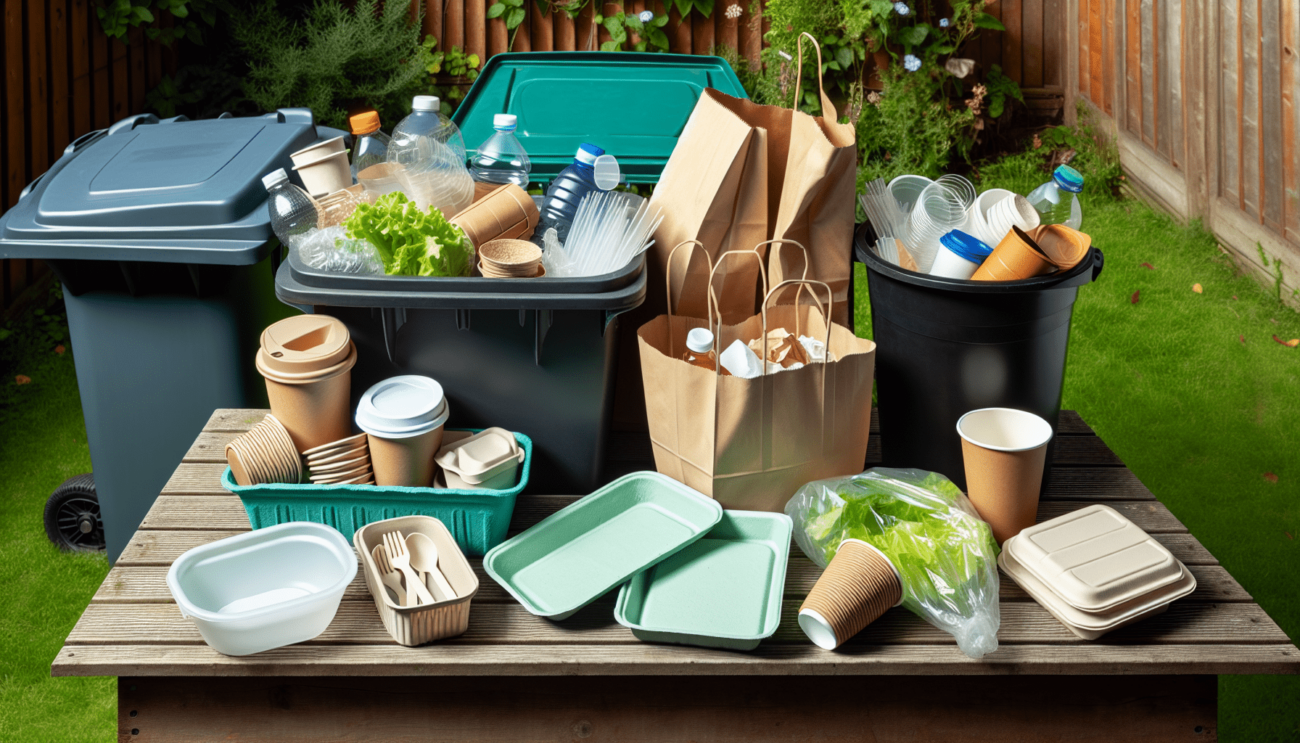
Tips for Composting Biodegradable Packaging at Home
- Verify that the packaging is labeled as compostable and suitable for home composting.
- Cut or shred the packaging into smaller pieces to facilitate decomposition.
- Monitor the compost pile regularly and maintain the right balance of moisture and air to help the packaging break down efficiently.
- Avoid composting packaging materials that are coated or lined with non-biodegradable materials, as these can contaminate the compost.
Industrial Composting of Biodegradable Packaging
Industrial composting facilities have the capacity to process large volumes of organic waste, including biodegradable packaging, more efficiently than home composting systems. These facilities use controlled environments, such as temperature-controlled composting bins, to accelerate the decomposition process. Industrial composting can handle a wider range of materials and ensure that the compost reaches the necessary temperatures to break down biodegradable packaging effectively.
Benefits of Industrial Composting
- Faster decomposition of biodegradable packaging due to controlled composting conditions.
- Ability to process larger quantities of organic waste, including biodegradable packaging, from businesses and institutions.
- Compliance with regulations for composting certain types of biodegradable materials that may require specific conditions for proper decomposition.
- Production of high-quality compost that can be used in agriculture, landscaping, and other applications.
Considerations for Industrial Composting
- Check with local composting facilities to determine if they accept biodegradable packaging.
- Separate biodegradable packaging from other types of waste to ensure proper processing.
- Follow any guidelines or requirements set by the composting facility for disposing of biodegradable packaging.
- Be aware of any additional fees or charges associated with composting biodegradable packaging at an industrial facility.
Comparing Home Composting and Industrial Composting
When deciding whether to compost biodegradable packaging at home or through industrial composting, consider factors such as convenience, volume of waste, environmental impact, and regulatory requirements. Home composting may be more suitable for individuals or small businesses with limited quantities of biodegradable packaging, while industrial composting is a better option for larger organizations that generate significant amounts of organic waste.
Table: Home Composting vs. Industrial Composting
| Criteria | Home Composting | Industrial Composting |
|---|---|---|
| Scale | Small quantities of organic waste from households or small businesses | Large volumes of organic waste from businesses, institutions, and municipalities |
| Process | Composting in residential bins or piles | Controlled composting in specialized facilities |
| Efficiency | Slower decomposition due to smaller scale and less controlled conditions | Faster decomposition in temperature-controlled environments |
| Capacity | Limited capacity for processing large volumes of organic waste | Greater capacity for handling large amounts of organic waste |
| Regulations | Fewer regulations and guidelines for home composting | Compliance with regulations and standards for industrial composting |
| Sustainability | Requires manual monitoring and maintenance by individuals | Utilizes machinery and technology to optimize composting operations |
Conclusion
In conclusion, both home composting and industrial composting can be viable options for disposing of biodegradable packaging, depending on your specific needs and circumstances. Home composting is a sustainable and cost-effective solution for individuals and small businesses with limited quantities of biodegradable packaging. Industrial composting offers a more efficient and scalable option for processing larger volumes of organic waste, including biodegradable packaging, from businesses, institutions, and municipalities.
By understanding the differences between home composting and industrial composting, you can choose the best method for composting biodegradable packaging and reduce your environmental impact. Whether you opt for home composting or industrial composting, the key is to ensure that the biodegradable packaging is properly composted to minimize waste and support a more sustainable future.

